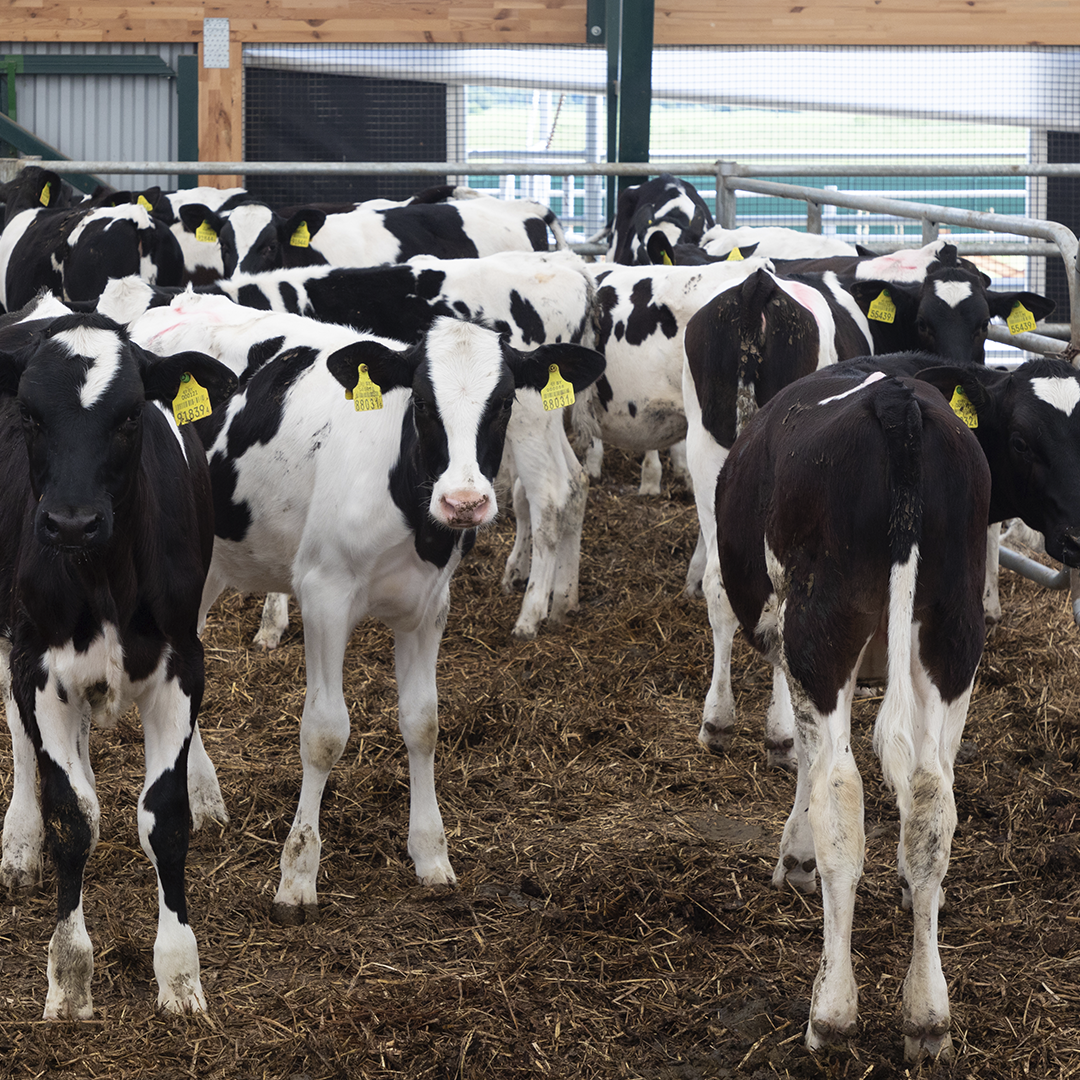
January 13, 2021
Effect of XTi PAWS on milk yield, rumination, and feed intake in Holsteins in a cross-ventilated, robotic barn, 10/2020 – 1/2021
Colorado State University
Conclusion: Exposure of Holsteins to XTi’s pulsed alternating wavelength system (PAWS) over 60 days showed a trend towards improved milk yields, improved rumination, and decreased feed intake.
Study Objective:
- To evaluate the effect of XTi PAWS on milk yield, rumination, and feed intake of Holsteins in an cross-ventilated, robotic barn.
Background:
- Previous internal XTi trials had indicated that PAWS lighting can alter hormone/neurotransmitter levels in other species.
- Previous XTi studies had consistently shown a subjective improvement in animal stress/anxiety.
- Non-invasive strategies to improve stress, animal health, and productivity in the dairy industry could be hugely beneficial for animals and producers.
Methods:
- The study was conducted at a robotic dairy farm in northern Colorado.
- Multiparous Holsteins were placed into 3 pens (1 XTi pen and 2 control pens). Pen 14 (XTi) = 33 Holsteins, Pen 16 (Con) = 13 Holsteins, and Pen 18 (Con) = 19 Holsteins.
- Holsteins were fitted with collars to track movement and rumination.
- Holsteins were managed and cared for per normal dairy farm operations.
Results:
- Holsteins under XTi lighting showed a significant improvement in measured metrics when compared by group and days in milk.
- Data was gathered via tracking collars and robotic measurement of milk yield.
- Limitations included lack of control in regards to occasional movement of Holsteins in and out of selected pens.
Discussion:
- Exposure of Holsteins to XTi’s pulsed alternating wavelength system (PAWS) over 60 days showed intriguing possibilities for a role in the dairy industry.
- Further study is needed to assess the measured metrics over a longer period of time.
- Additional data collection including blood work would help better understand the animal welfare and financial benefits in the dairy setting.